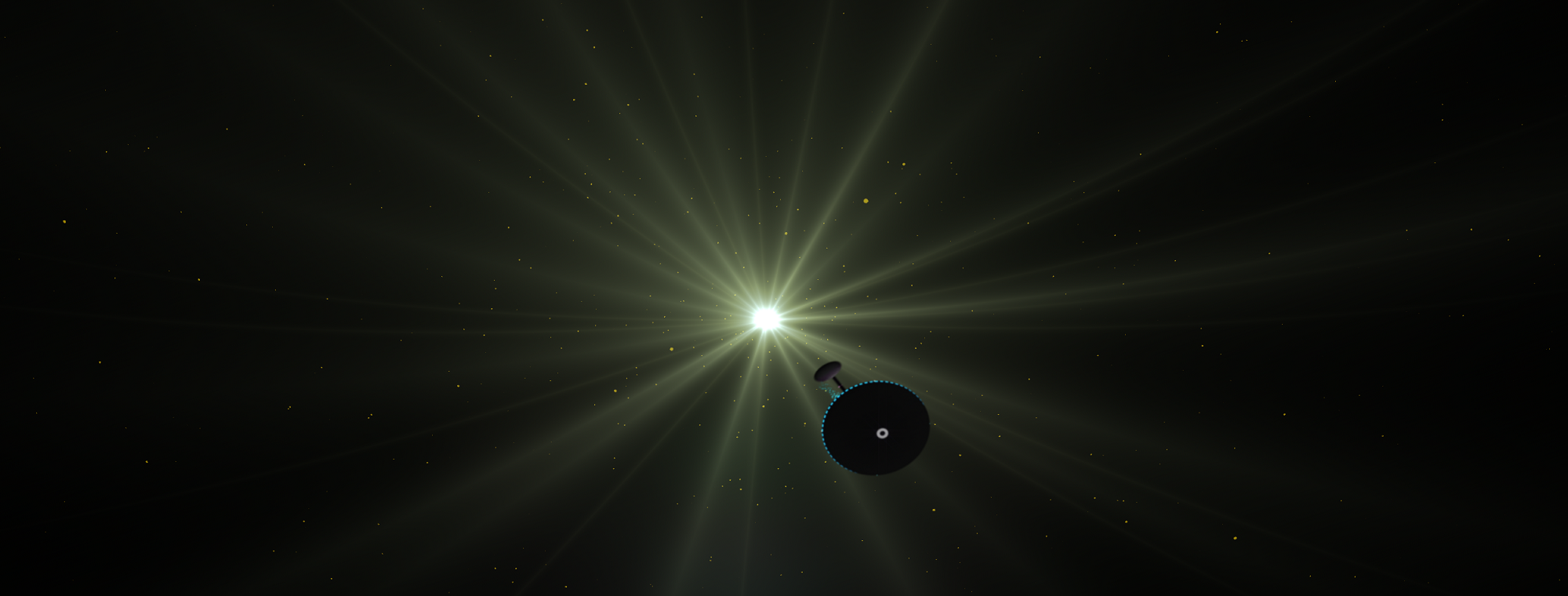Final Frontier
For most of our history, we have only been able to observe. To reach space, humanity has had to invent and refine technology that allows us to fight the gravitational pull of the Earth. Enormously powerful rockets, and huge amounts of fuel are required to launch us towards this Final Frontier.
The Earth is one of eight planets in the Solar System. From afar, planetary orbits make the Solar System look wide and flat, but it is important to know that the orbits are not perfect circles, and that the Sun is not at the exact centre of the Solar System. The gravity of everything affects everything else, so the true motion of the planets is more complicated than it seems at first.
In this show we leave the comfort of home, fly out into the Solar System, visit the planets and venture beyond. How far can we reach with current technology? What can we learn? Will we ever be able to reach the planets we have discovered orbiting other stars?
This is a show if you are curious about...
- How we can leave our own planet Earth.
- What we find once we travel out into space.
- What challenges there are to overcome.
- The planets of our Solar System, and the moons orbiting around them.
- Our Sun and how it compares to other stars in the Milky Way galaxy.
- The exoplanets that orbit around our neighbouring stars.
This show is suitable for:
- Recommended for ages 9 and up.
Through collaboration with planetariums around the world we are able to offer this show in Swedish and English.
Final Frontier. YouTube video.
The Planetarium is a collaboration between The Faculty of Science, Lund Observatory, the Department of Physics and the Faculty of Engineering LTH.

